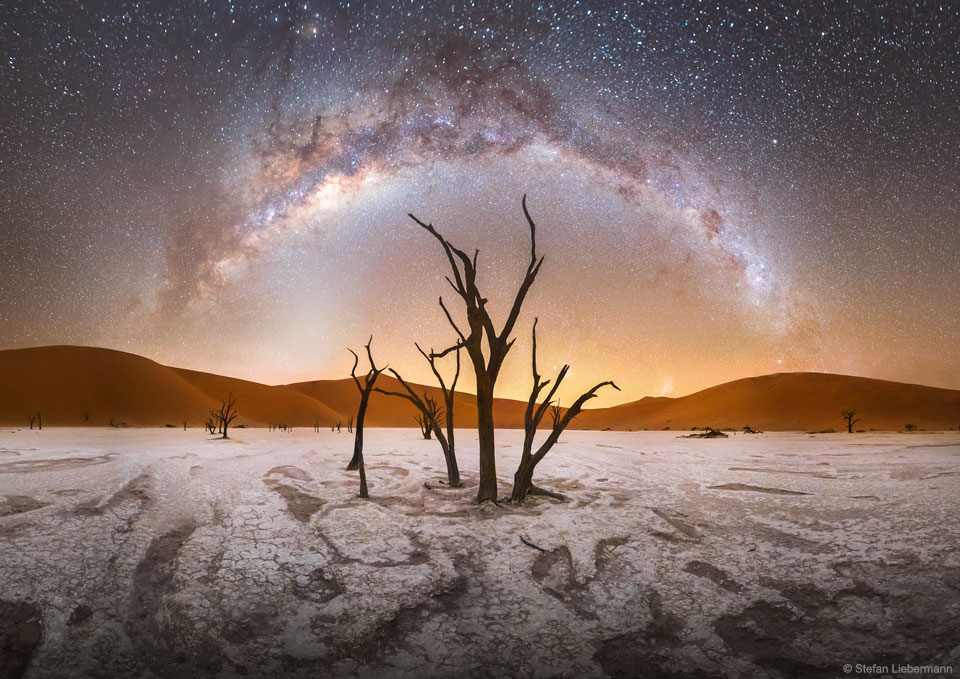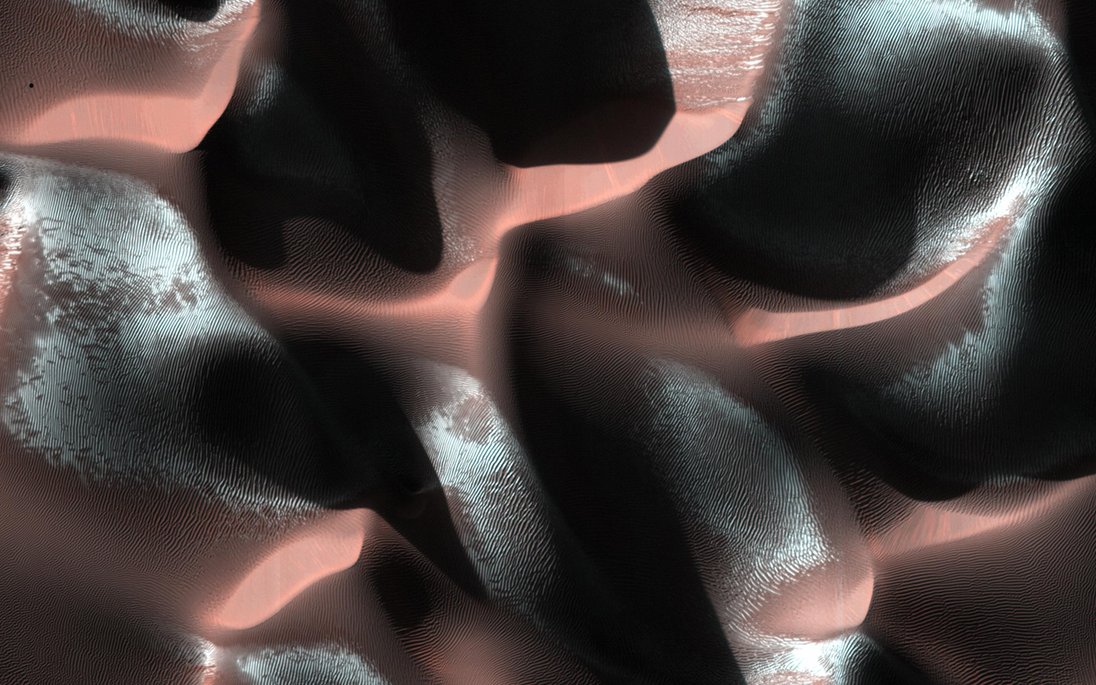NASA’s Transiting Exoplanet Survey Satellite (TESS) has launched on the first-of-its-kind mission to find worlds beyond our solar system, including some that could support life.
from NASA https://ift.tt/2HMAxG0
via IFTTT![]()
NASA’s Transiting Exoplanet Survey Satellite (TESS) has launched on the first-of-its-kind mission to find worlds beyond our solar system, including some that could support life.
from NASA https://ift.tt/2HMAxG0
via IFTTT![]()
Media are invited to attend a news conference at NASA’s Glenn Research Center in Cleveland at 9:15 a.m. EDT Wednesday, May 2, to discuss a recent experiment to demonstrate a new nuclear reactor power system designed for space.
from NASA https://ift.tt/2HctcOS
via IFTTT![]()
NASA’s Transiting Exoplanet Survey Satellite (TESS) now is scheduled for launch today at 6:51 p.m. EDT Wednesday, April 18, on a SpaceX Falcon 9 rocket from Space Launch Complex 40 at Cape Canaveral Air Force Station in Florida.
from NASA https://ift.tt/2qLO1d0
via IFTTT![]()

This Earth Day, NASA invites you to create your own shareable views of our home planet, help combat mosquito-transmitted diseases, and watch our fleet of Earth-observing spacecraft as they circle the globe.
from NASA https://ift.tt/2qFxyHf
via IFTTT![]()

Students from Maryland, Michigan and Texas will talk with astronauts on the International Space Station this week as part of NASA’s Year of Education on Station.
from NASA https://ift.tt/2J0Eh69
via IFTTT![]()

